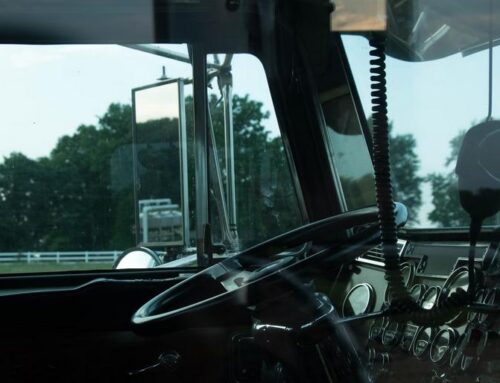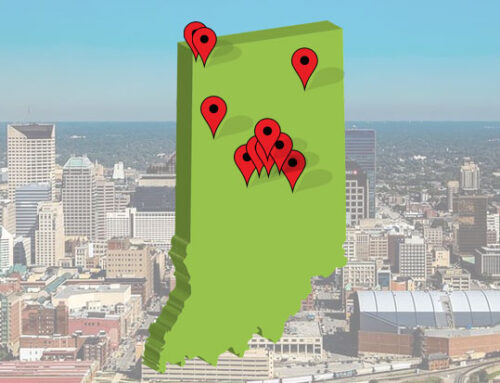In the unfortunate event of a collision between a motor vehicle and a pedestrian, it is often the pedestrian who suffers the most severe injuries. Unlike cars, pedestrians lack the protective buffers of steel, plastic, airbags, and seat belts, making them vulnerable in accidents. Recognizing this vulnerability, the state of Indiana has implemented clear-cut laws to determine the right of way for both drivers and pedestrians. However, if a fair settlement is not achievable, and the case goes to trial, the jury will consider all the facts before determining who was negligent and liable for the accident. In some instances, both the driver and the pedestrian may share liability, and the jury will allocate fault percentages to each party accordingly.
Nationally, between 2009 and 2018, pedestrian fatalities increased by a staggering 53%, rising from 4,109 deaths in 2009 to 6,283 deaths in 2018. In Indiana, the number of collisions involving pedestrians experienced a 5% decline, going from 1,653 in 2018 to 1,573 in 2019. This translates to an average of 7.2 pedestrian collisions for every 1,000 collisions in the state. However, pedestrian accident statistics vary across Indiana counties, with heavily populated areas witnessing higher pedestrian fatalities. For instance, the House district comprising the lower part of Marion County (Indianapolis) recorded the 68th most fatalities out of all 435 House districts in the nation between 2008 and 2017. Notably, 74% of pedestrian accidents in 2018 occurred away from intersections, while 17% took place at intersections.
If you are a pedestrian involved in an accident with a driver, it is advisable to seek the assistance of an expert attorney who can investigate and advocate for your case. Your attorney will need to establish three key elements to prove the driver’s negligence:
1. Duty of Reasonable Care: The driver owed the pedestrian a duty to exercise reasonable care, which means complying with all traffic laws and taking precautions to avoid harming others while navigating the roads.
2. Breach of Duty: The driver breached the duty of reasonable care by failing to exercise appropriate caution.
3. Causation: The driver’s negligence directly caused the pedestrian’s injuries.
While pedestrian accidents have the potentiality to be catastrophic, compensation is not automatic in Indiana. The state follows a modified comparative negligence system, meaning you may only be compensated for your losses if you were no more than 51% at fault for the accident. If you were partially at fault, your right to full compensation may be jeopardized.
In determining negligence and liability in a pedestrian accident, a jury will consider various factors. These include whether the pedestrian was in a designated walkway, whether the driver was attentive and obeying traffic laws, and whether distractions such as cell phone use contributed to the accident. All these factors will be presented to the jury during trial, and they will allocate fault and determine negligence accordingly.
If you were hit as a pedestrian in Indiana and can prove the driver’s negligence, you have the right to file a claim to seek compensation for your losses. Contact Hurst Limontes today to discuss your options. We have decades of combined experience fighting for our clients in any number of personal injury claims. We work on a contingency basis, meaning there is no cost to you unless we reach a settlement or jury verdict award on your behalf.
Call 317-636-0808 or complete the form below for a FREE and confidential consultation.





